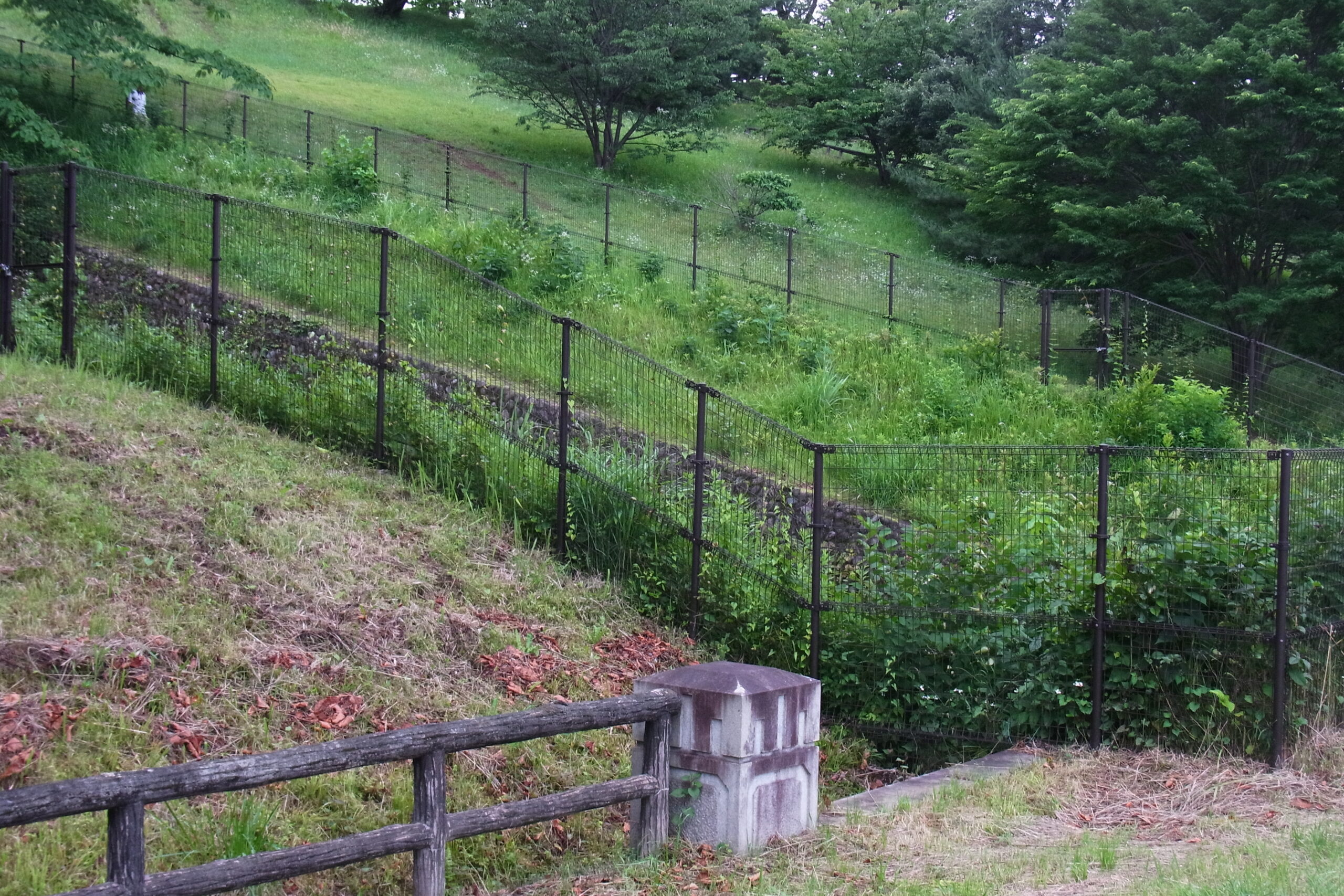
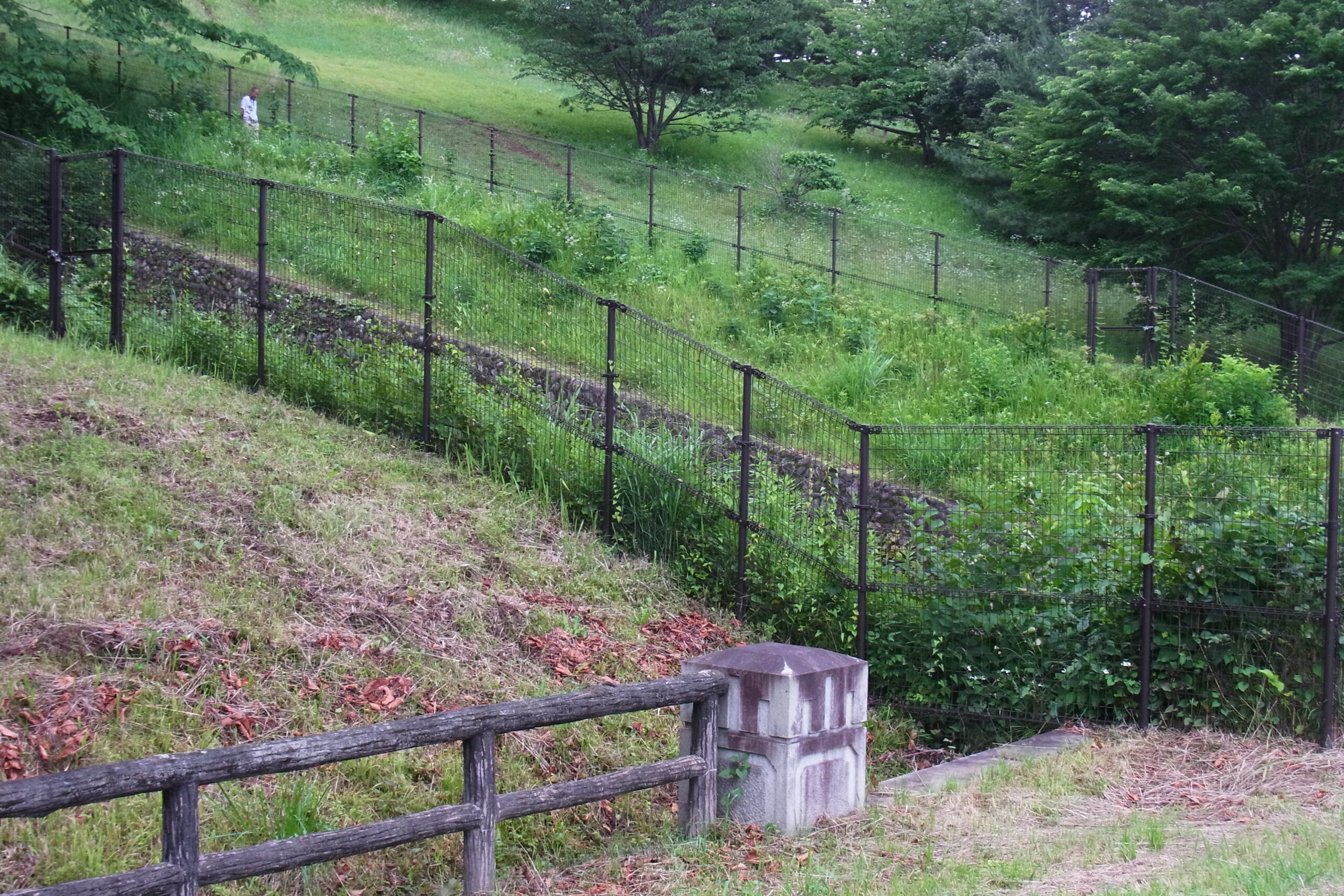
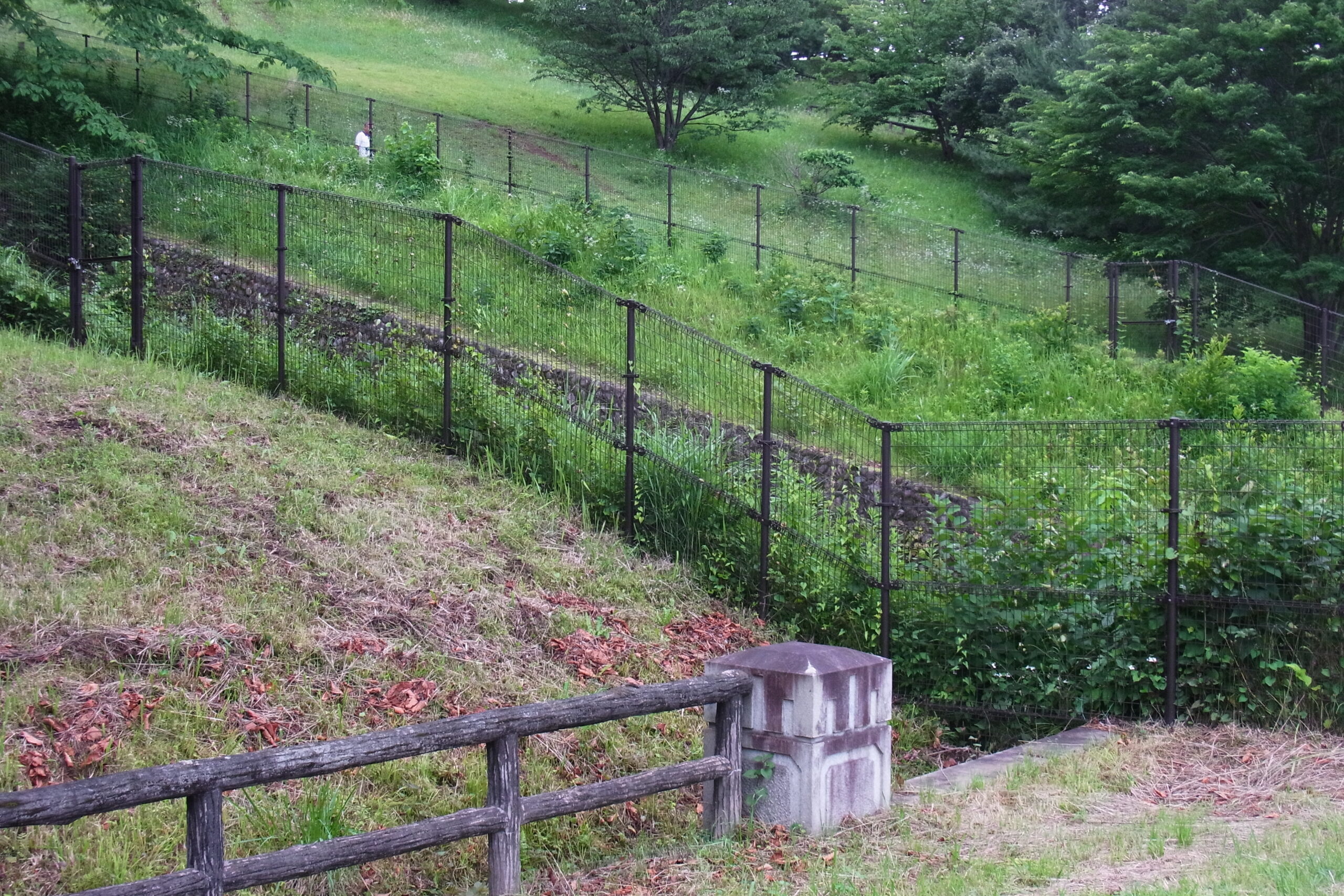
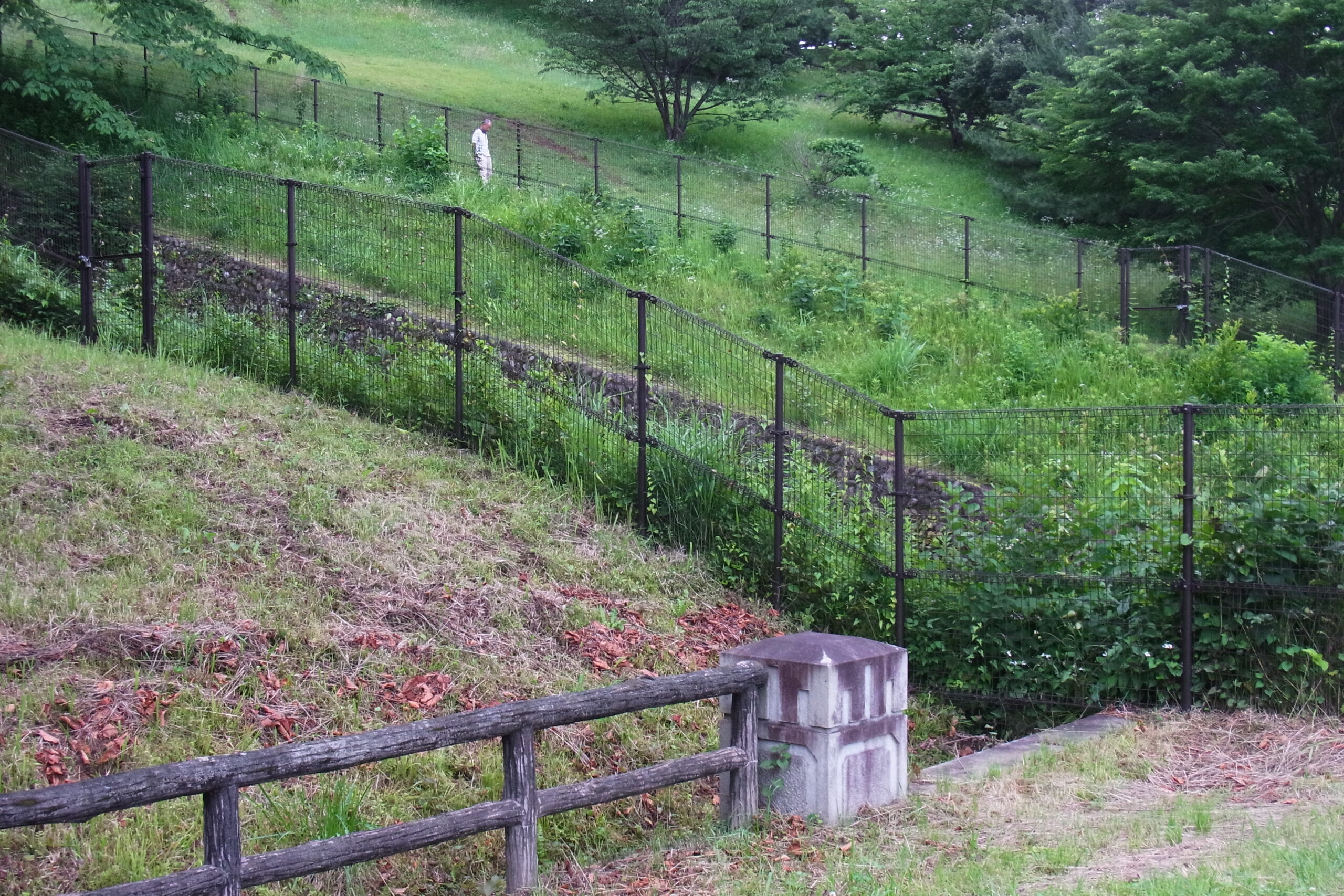
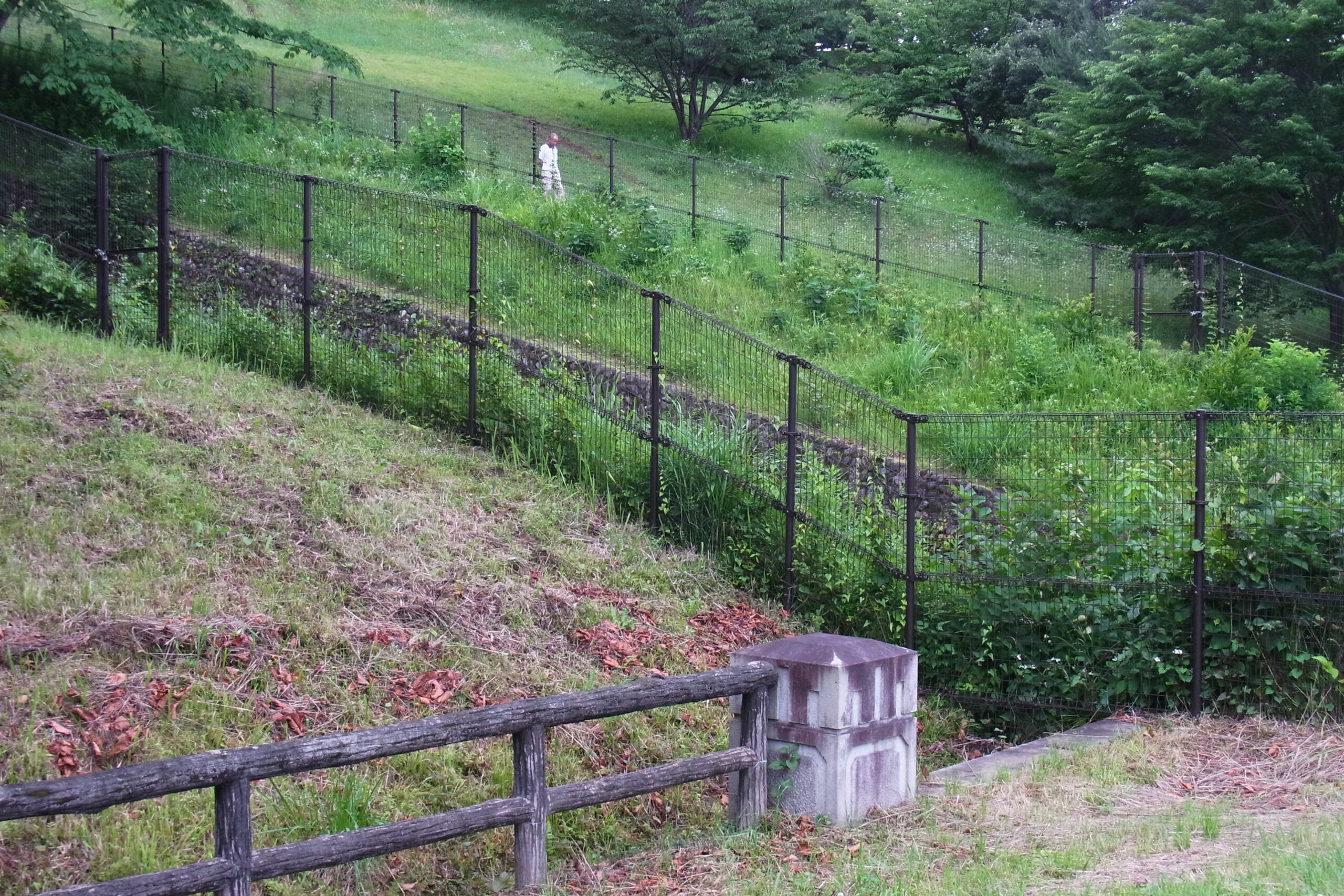
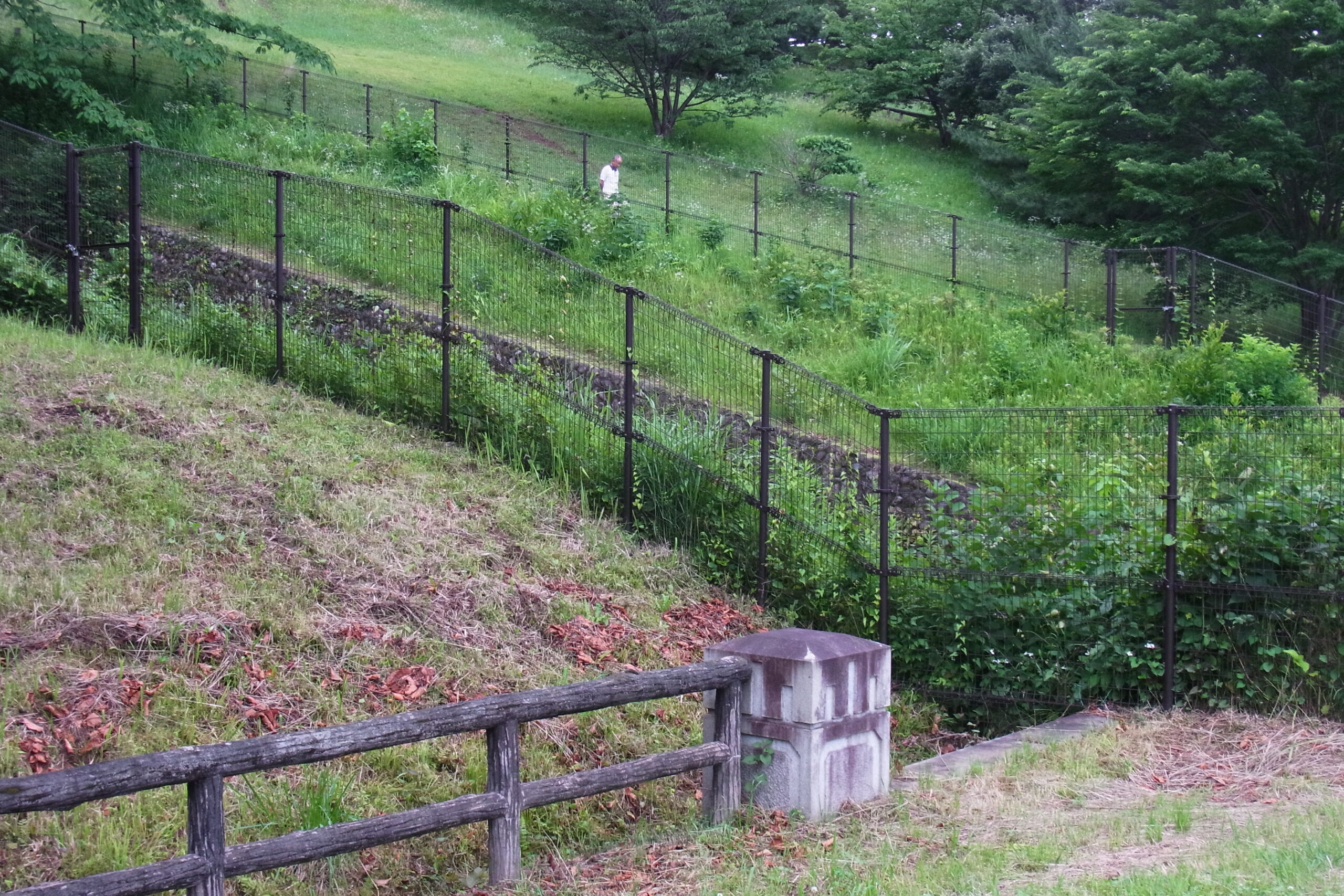
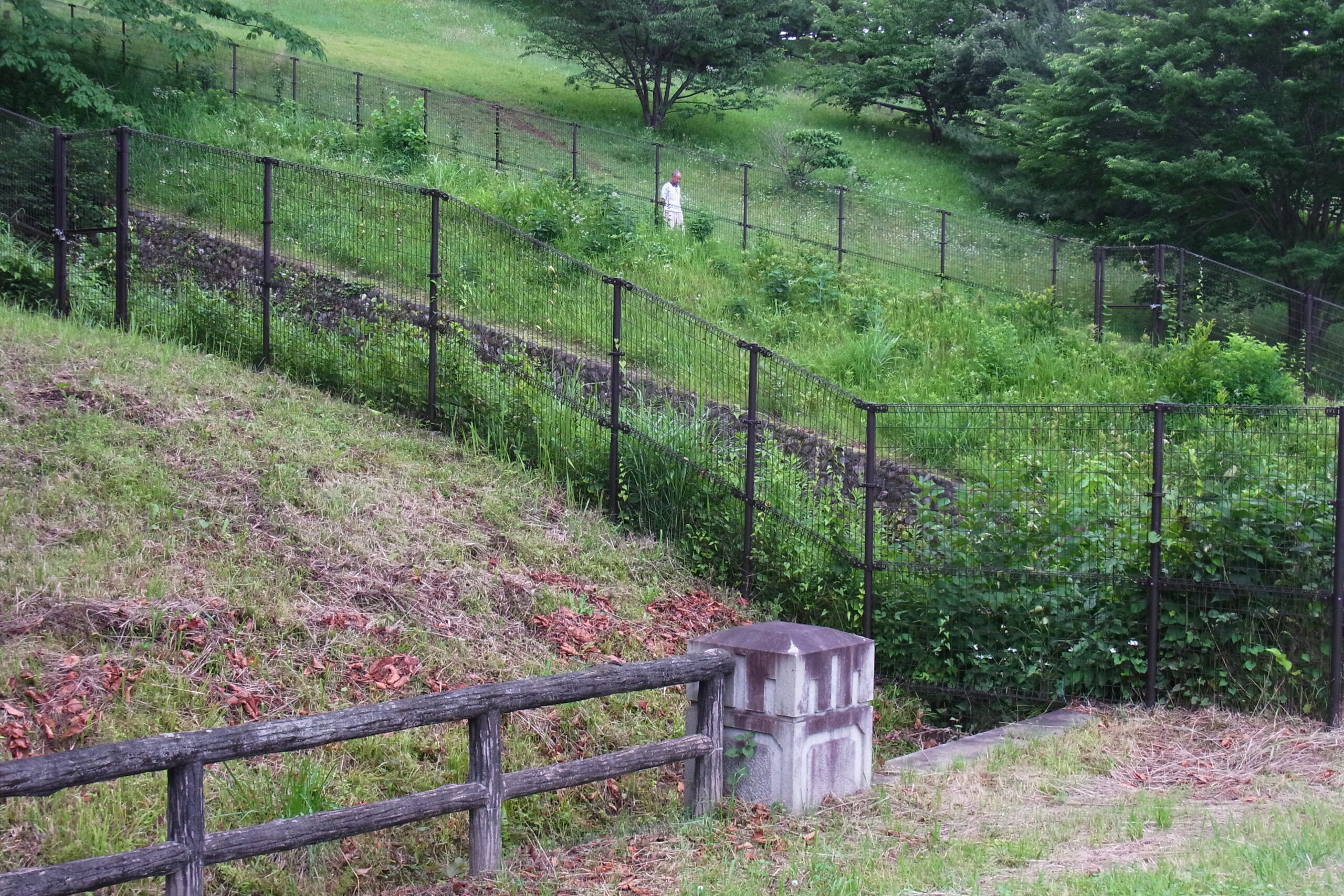
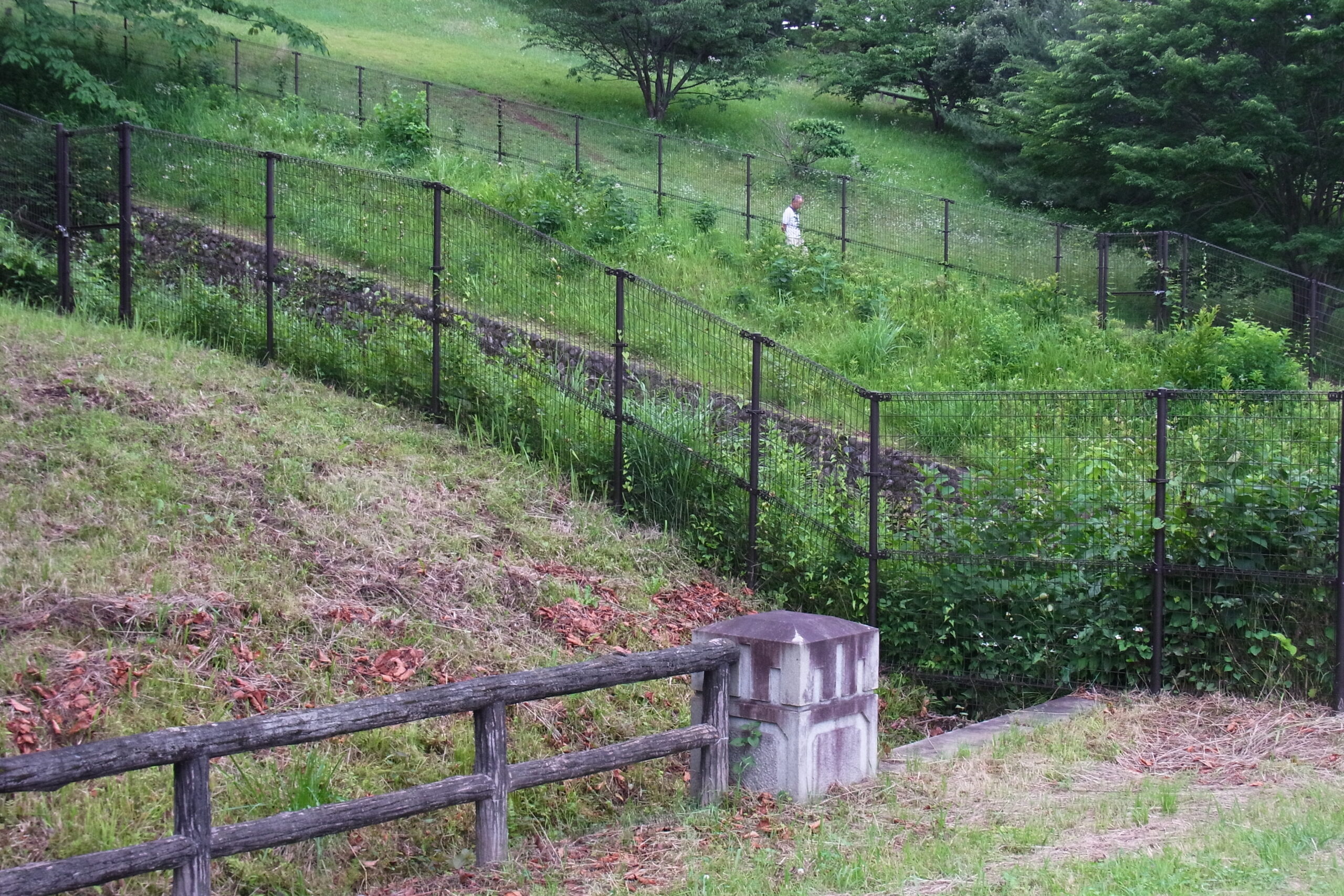
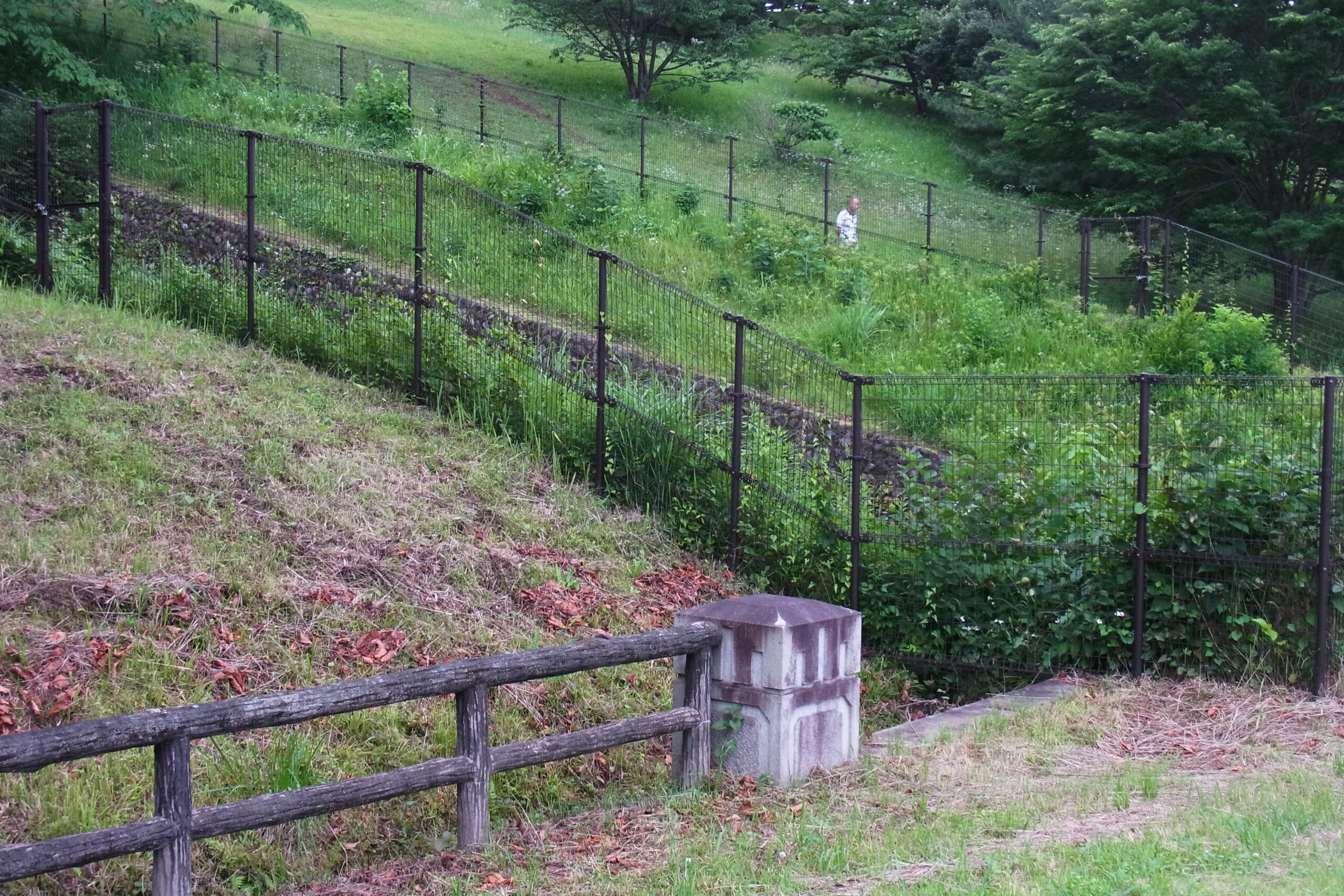
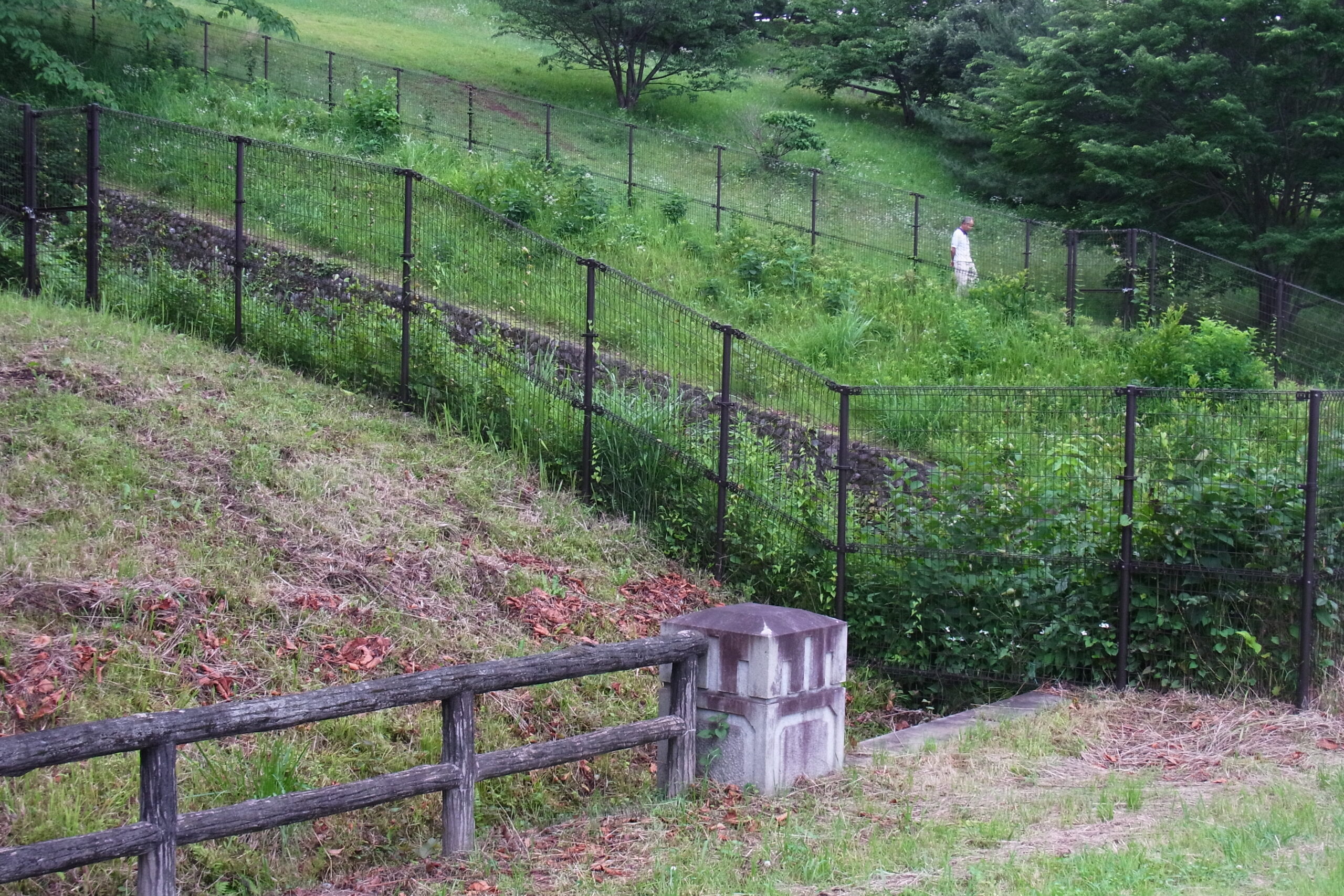
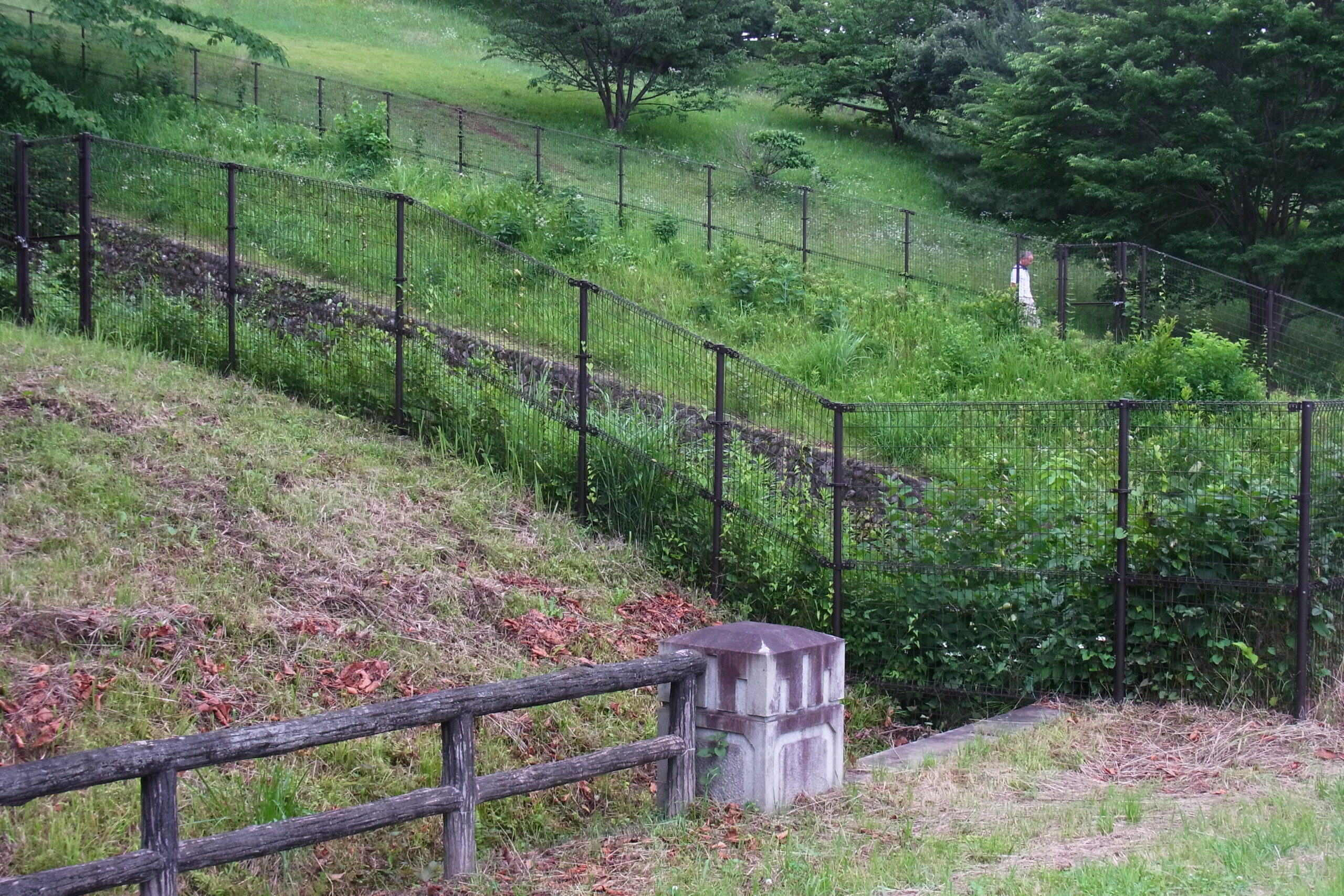
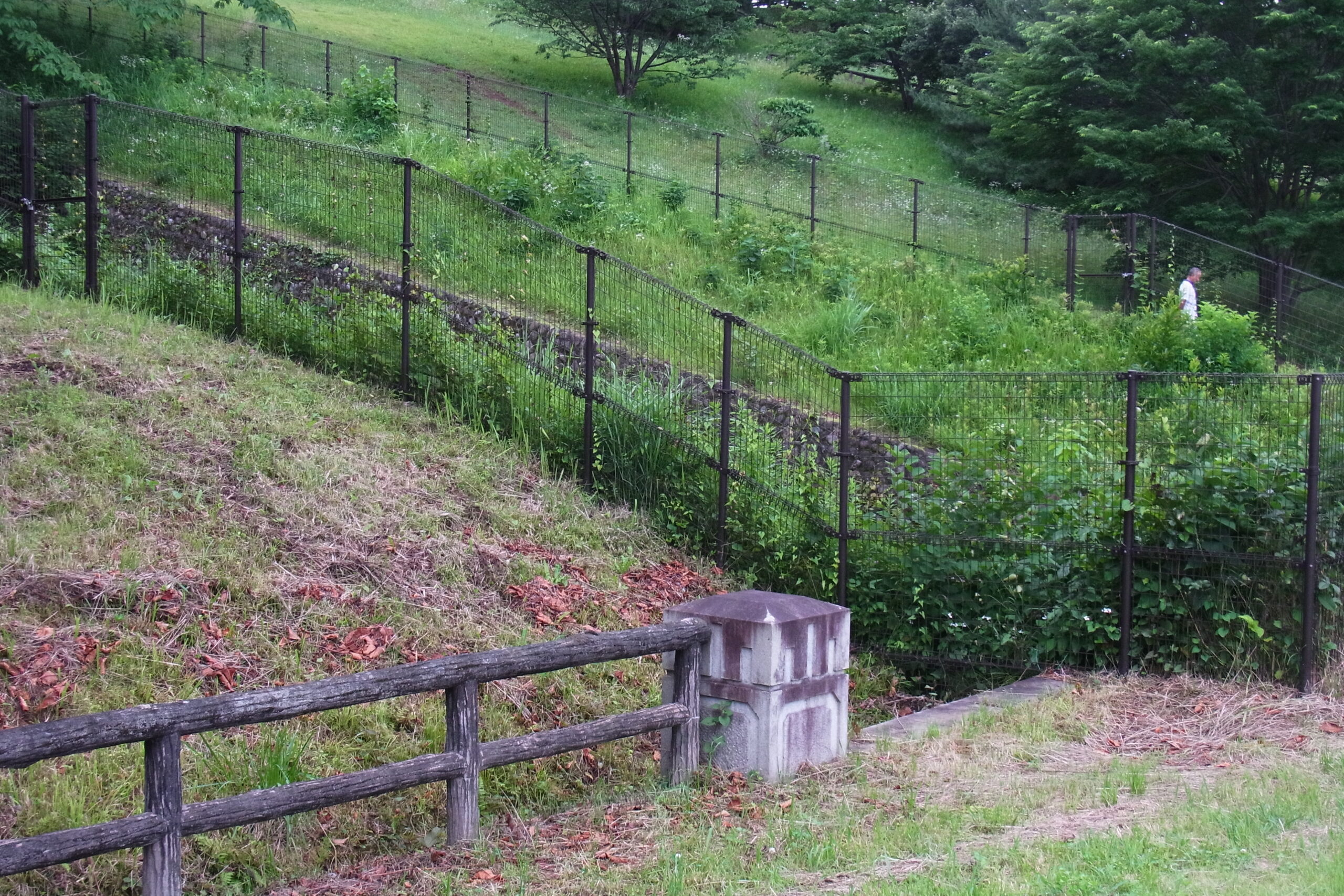
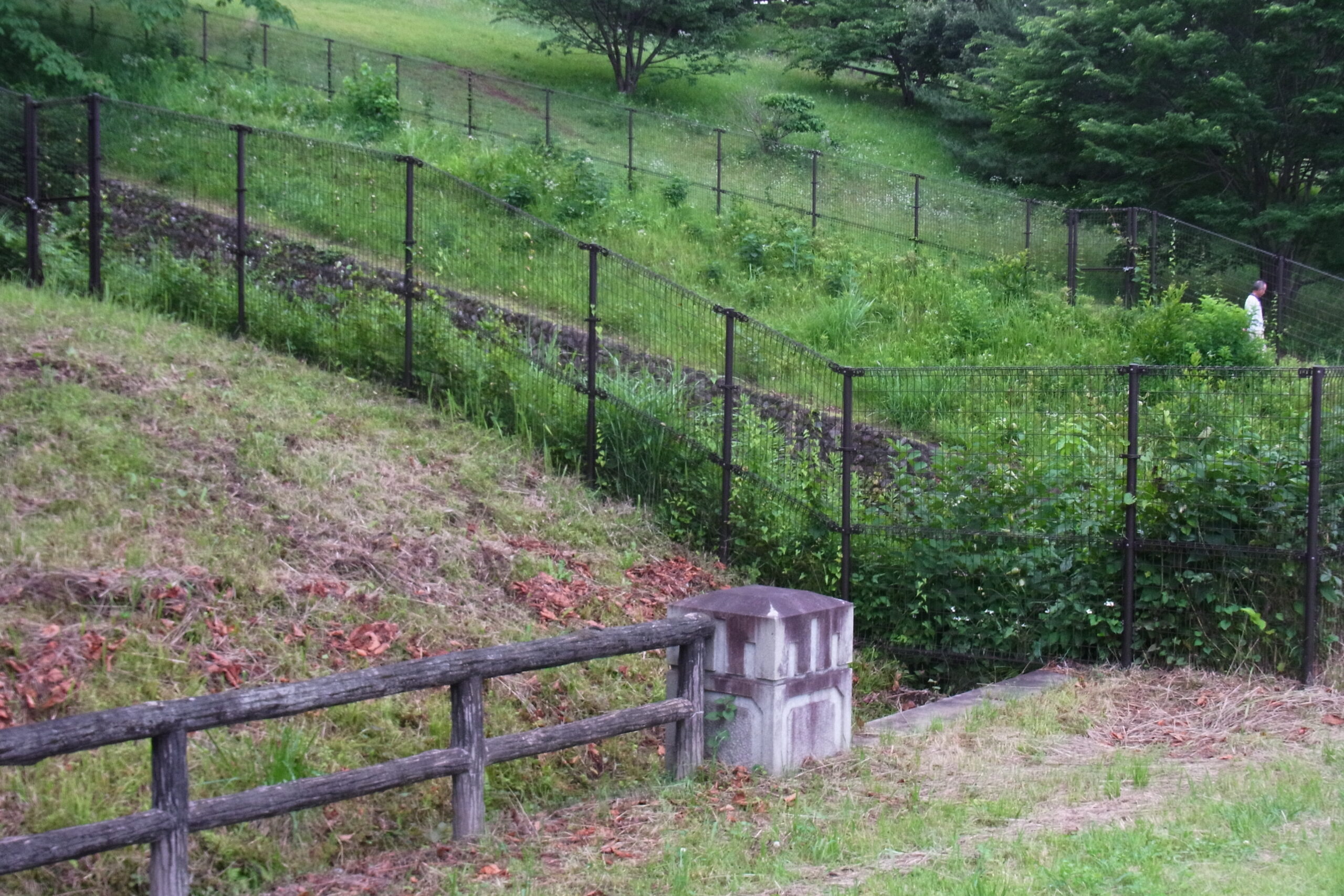
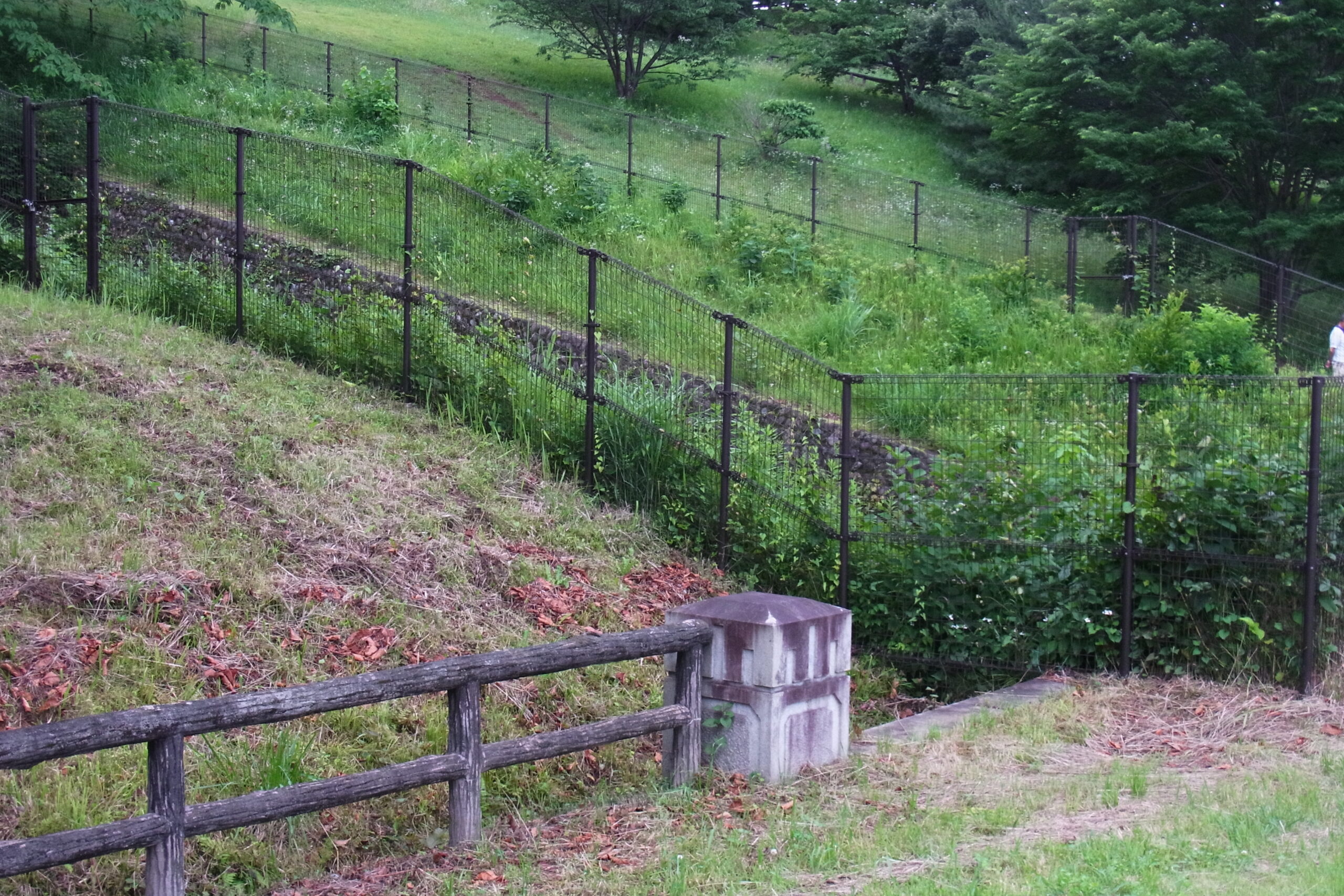
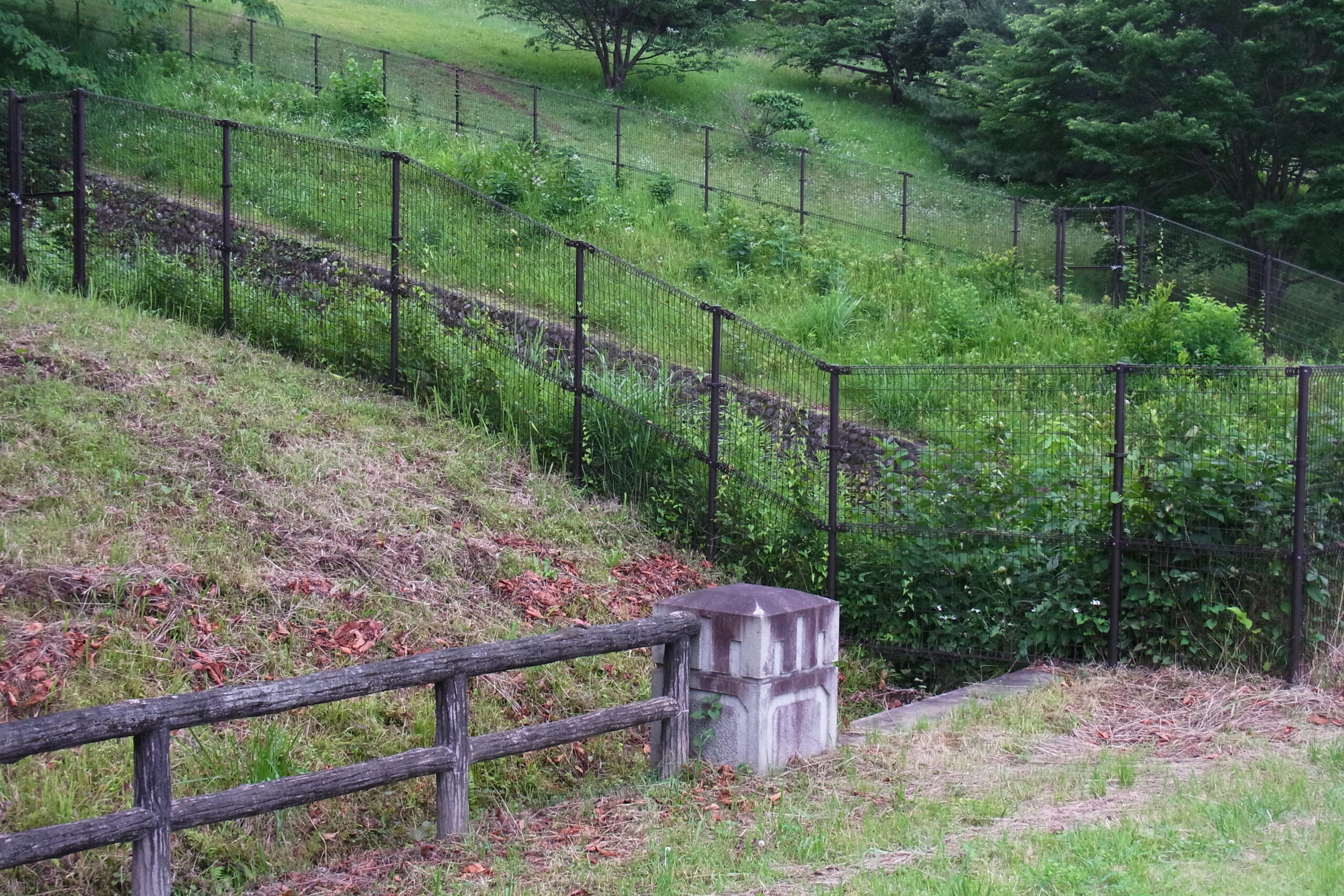
Perception: Nishijima Roshi’s take on koans applied to photographs

Anonymous Friend: Have you listened to anything good recently?
Second Friend: I found Inside the Dream Syndicate, Volume 1: Day of Niagara referenced in an article on cinema-scope.com and then I found the record on Youtube. So I’ve listened to that. And a show on NTS radio with Graham Lambkin.
AF: Wonderful. Have you read anything good recently?
SF: I’m still trudging along with that Shinji Shobogenzo book that I might read lines from at some point. The one with the koans. 
AF: Oh yeah, that. What is a koan again. Some sort of riddle? Like “What is the sound of one hand clapping”?
The anonymous friend claps with one hand.
SF: I think it depends on which Buddhist traditions you belong to. Of the main ones the Rinzai seem to use it more for meditating on. The Soto doesn’t seem to use it that much in their practice at all. I have heard people talk about it in interviews where they seem to use it almost like a mantra. Like repeating “What is this?” to themselves while meditating and other times. In the book they are stories mostly feature two people in conversation asking and answering questions and getting enlightened or not.
AF: So no trees falling in the woods and no-one there to hear it riddles?
SF: Not yet, maybe I haven’t gotten there. The koans seem to function almost like a test for the master to see if the student has awakened.
AF: So where does this guy, who wrote this book, belong?
SF: Eihei Dogen is of the Soto school, so is the translator Nishijima Roshi.
AF: Roshi is a cool name.
SF: Oh, that’s more of an honorific title like old teacher or something like that. His name was Gudo Wafu Nishijima.
AF: Alright, that’s cool too.
SF: Yeah. His introduction seemed to make koans almost understandable, even for us laypeople. If it weren’t for all the references to Chinese symbolism and metaphors and stuff, that people back then knew more about, it would hardly be mysterious and opaque.
AF: What does he say in the introduction?
Sf: He says the koans most often can be seen as dealing with four phases. The first one is Subjective phase, the second is Objective, the third is a phase of Action, and the final one being Reality. We can perhaps think of them as three variants of perception of reality. And then Reality.
AF: How does reality differ from objective or subjective?
SF: I think Reality is free from descriptions; an indescribable reality. While the subjective phase is concepts and intellectual ideations. And the objective phase is a materialistic descriptive view of reality. Reality seem to me to encompass the three others but is inexplicable.
AF: And is described as events or actions? Verbs?
SF: He says that action is the synthesis of the subjective and the objective. Where abstract concepts and the material point of view meet.
AF: Okay, I guess it sort of makes sense. As a way to look at and explain stuff. We do the same with art, thinking about concepts and materials and realize them as works with actions.
SF: For me, I like the emphasis these seem to have on the experience rather than the intellectual understanding. The koans seem to aim towards an experience before we put words and concepts to things. Moving away from an understanding based on what we can learn through dissection.
AF: I think music is easier that way. People just listen. With other art people often seem to think that there is something to understand and misses the experience. How is it in photography?
SF: I don’t know; people like explanations. But maybe photography is still more free from conceptualization than the fine arts field. For sure there must be some photographers who work intuitively without too much conceptualization, with a beginners mind.
The individuals sits there for a minute before one of them notices the faux pas of not having reciprocated the questions concerning the friends recent cultural intake.
SF: But what have you been doing recently, read or listened to anything?
AF: I have been looking in this photo book.
Anonymous friend brandishes a bundle of papers with a single image on each sheet of paper.
SF: Is it good or nice or something? Explain it to me; what is it?
AF: I guess it’s about time and sculpting an event through the changes that take place. This work slows down our mind and encourages a contemplative state, where we construct our own narratives and maybe even become self-aware that we do exactly this. Inferring meaning on something which first appeared empty. I read it as a metaphor for descending from a mental high.
SF: Can we really read all that into it?
AF: Walking down a hill after having ascended it carries some sense of relief. Even a positive ascending experience leads to the same sense of relief of pressure which being high up carries with it. Taking pictures of this possibly mundane event gives it this meaning I mentioned.
SF: I think this comes from you more than the image. To me it looks like a stack of papers with images on them. Pictures of a person walking down a slanting hill. That we look at them is only the result of a person having walked down that slope and another person having taken pictures of them. The person walking obviously had reasons for walking up and down. To get somewhere or lose weight or something else. What we are doing is merely looking at these papers.
AF: But we experience these images as something more than what they are since the image exist in a context where we are assumed to engage with the work, to perceive the image as more than merely a deterministic machine. What we are doing is looking actively and thus experience the work effect us.
SF: It seems to me that our minds being put in motion is just a continuation of this deterministic machine working within us. But I feel what we experience isn’t actually material.
AF: Hey, it’s the action phase of Nishijima’s philosophy!
SF: So all we need to do now is to forget everything we’ve seen in the work as and simply experience it!
AF: It appears that rather than looking at the work we actually analyze our experience of the work no matter how we phrase it.
SF: Could we do anything else? We could imagine the artist’s subjective view and material perceptions and their actions I suppose but that would also be us imagining. We have projected ourselves on the work from the work’s point of view already maybe that’s enough. Maybe we should apply this method to our own practice rather than finished art works.
AF: We’ll try it next time we’re playing.
SF: Seems simple enough. But I think we’re already closer to where we want to be around the end of that line of reasoning.
AF: Sounds so simple it’s almost stupid. There is a philosophy of subjective conceptual view, and a philosophy of objective materialism and a philosophy of action where concept and materialism is synthesized. And then there is reality. What’s the point of looking at it like this?
SF: The goal of the practice is, perhaps opposite to what analyzing art seem to accomplish, to end up at reality. Rather than believing that we understand experience by taking apart our experiences we equally understand the experience without compartmentalizing. Like that saying “For a botanist to experience a flower they must forget all they have learnt about botany”.
AF: Let’s listen to the recording; try not to judge it.
The middle aged men sit together in quiet as joyous ruckus blasts from the studio monitors.
KOANS addendum
“Koans are surprising or paradoxical anecdotes, phrases or questions; sometimes even single words. They are used differently in different zen buddhist traditions. As a question to jolt a student out of a state of over thinking. It can help halt the logical investigation of the students practice if it goes out over their practice of being. In other buddhist schools it is used as a tool for meditation or as a test to see how far a student has gotten in their practice. So we may encounter it as a riddle to be solved but if we find an anthology of koans they often come in the form of a conversation between two monks and with commentary from a third party explaining the dialogue the monks. This text does not focus on the koans themselves but rather how Nishijima Roshi’s understands these koans and how they relate to how our perception of the world functions.”
Reference:
https://cinema-scope.com/reviews/c-w-winter/
https://www.nts.live/shows/are-you-before/episodes/are-you-before-2nd-august-2023
Shinji Shobogenzo
Edited: Eihei Dogen
Translation and commentary: Gudo Wafu Nishijima
https://terebess.hu/zen/dogen/shinji.pdf Retrieved 2024_01_23
Buddha Mind in Contemporary Art
Edited by Jaquelynn Baas and Mary Jane Jacob
University of California Press 2004
ISBN: 978-0-520-24346-0
Zen and Art
Author: Hugo Munsterberg
Art Journal, Summer 1961, vol 20, No 4, pp. 198-202
Zen Influence, Inherence, and Denial: Reconsidering Postwar Zen and Art
Author: Gregory P. A. Levine
Book Title: Long Strange Journey
Book Subtitle: On Modern Zen, Zen Art, and Other Predicaments
University of Hawai’i Press
Looking at Art Teaching Through Zen Aesthetics
Author: Sheng Kuan Chung
Visual Arts Research, vol. 40, No. 1, Summer 2014, pp. 14-16
Dogen and Koan: The Ultimate Truly Definitive Unquestionable Smoking Gun
Author: Dosho Port
https://www.patheos.com/blogs/wildfoxzen/2014/08/dogen-and-koan-the-ultimate-truly-definitive-unquestionable-smoking-gun.html Retrieved 2024_02_12